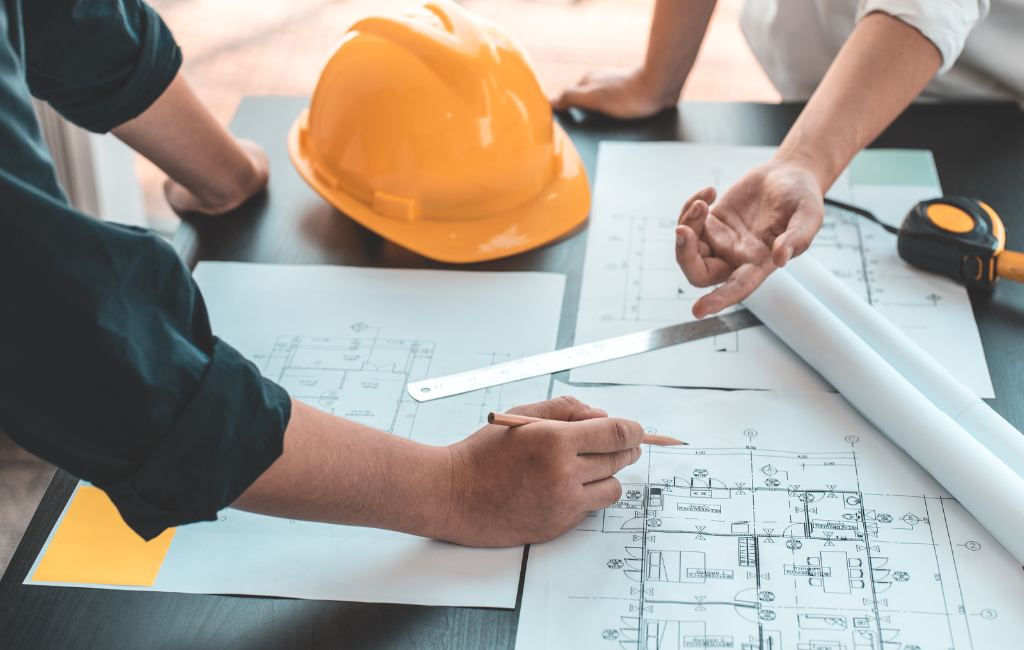Mastering Architect: Innovative Ideas for Modern Living Spaces
Modern living spaces are evolving rapidly, driven by technological advancements, changing lifestyles, and a growing awareness of sustainability. Architects and designers are constantly pushing the boundaries to create spaces that are not only functional but also aesthetically pleasing and environmentally friendly. This article explores some of the most innovative ideas in modern architecture that are shaping the way we live today.
Smart Homes: Integrating Technology for Convenience
Smart homes are no longer a futuristic concept but a present-day reality. The integration of technology into living spaces has revolutionized the way we interact with our homes. From automated lighting and climate control to advanced security systems, smart homes offer unparalleled convenience and efficiency.
Key Features of Smart Homes
- Automated Lighting: Adjust lighting based on time of day or occupancy.
- Climate Control: Smart thermostats that learn your preferences and optimize energy use.
- Security Systems: Advanced surveillance and alarm systems that can be monitored remotely.
- Voice-Activated Assistants: Control various home functions using voice commands.
Case studies show that smart homes can reduce energy consumption by up to 30%, making them not only convenient but also cost-effective and environmentally friendly.
Sustainable Architecture: Building for the Future
Sustainability is a key focus in modern architecture. The use of eco-friendly materials, energy-efficient designs, and renewable energy sources is becoming increasingly common. Sustainable architecture aims to minimize the environmental impact of buildings while maximizing their efficiency and comfort.
Principles of Sustainable Architecture
- Use of Renewable Energy: Solar panels, wind turbines, and geothermal systems.
- Eco-Friendly Materials: Recycled, reclaimed, and locally sourced materials.
- Energy Efficiency: Insulation, energy-efficient windows, and passive solar design.
- Water Conservation: Rainwater harvesting and greywater recycling systems.
One notable example is the Bullitt Center in Seattle, often referred to as the greenest commercial building in the world. It features solar panels, a rainwater-to-potable water system, and composting toilets, achieving a net-zero energy status.
Open Floor Plans: Enhancing Space and Flow
Open floor plans have become a hallmark of modern living spaces. By removing unnecessary walls and barriers, these designs create a sense of spaciousness and fluidity. Open floor plans are particularly popular in urban settings where space is at a premium.
Benefits of Open Floor Plans
- Increased Natural Light: Fewer walls allow for more natural light to penetrate the space.
- Flexibility: Spaces can be easily reconfigured to suit different needs.
- Social Interaction: Open layouts encourage socializing and interaction among occupants.
- Improved Aesthetics: Creates a modern, clean, and uncluttered look.
A study by the National Association of Home Builders found that 84% of new home buyers prefer open floor plans, highlighting their popularity and practicality.
Biophilic Design: Connecting with Nature
Biophilic design focuses on incorporating natural elements into living spaces to enhance well-being and productivity. This approach is based on the idea that humans have an innate connection to nature, and integrating natural elements into our environments can have significant psychological and physiological benefits.
Elements of Biophilic Design
- Natural Light: Maximizing exposure to natural light through large windows and skylights.
- Greenery: Incorporating plants, green walls, and indoor gardens.
- Natural Materials: Using wood, stone, and other natural materials in construction and decor.
- Water Features: Adding fountains, ponds, or aquariums to the living space.
Research by Terrapin Bright Green indicates that biophilic design can reduce stress, enhance creativity, and improve overall well-being, making it a valuable approach in modern architecture.
Adaptive Reuse: Transforming Old into New
Adaptive reuse involves repurposing old buildings for new uses, preserving their historical and architectural value while meeting contemporary needs. This approach is not only sustainable but also adds character and uniqueness to modern living spaces.
Advantages of Adaptive Reuse
- Preservation of History: Maintains the cultural and historical significance of buildings.
- Sustainability: Reduces the need for new construction materials and minimizes waste.
- Cost-Effective: Often more affordable than new construction.
- Unique Aesthetics: Combines old-world charm with modern functionality.
The High Line in New York City is a prime example of adaptive reuse. This elevated railway track was transformed into a public park, blending historical elements with modern design to create a unique urban space.
Conclusion
Modern architecture is continually evolving, driven by technological advancements, sustainability, and changing lifestyles. Smart homes, sustainable architecture, open floor plans, biophilic design, and adaptive reuse are just a few of the innovative ideas shaping the future of living spaces. By embracing these concepts, architects and designers can create environments that are not only functional and aesthetically pleasing but also environmentally responsible and conducive to well-being.
